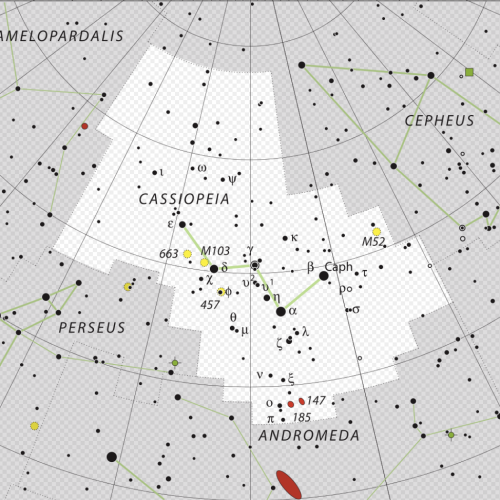| ACQUISITION | PARAMETRES ACQUISITION | |||||
| Objet | Filtres | Bin | Temps Pose | Nombres Poses | Temps Total | |
| Nom | IC 1795 | Luminance | 1 x 1 | |||
| Constellation | Cassiopée | Rouge | 1 x 1 | 5′ | 22 | 1h83 |
| Distance | 6000 AL | Vert | 1 x 1 | 5′ | 23 | 1h92 |
| Détail prise de vue | Bleu | 1 x 1 | 5′ | 23 | 1h92 | |
| Lieu | Maison-Maugis 61 France | S2 | 1 x 1 | 20′ | 55 | 18h33 |
| Date acquisition | 02/12 au 27/02/2020 | Hα | 1 x 1 | 20′ | 62 | 20h66 |
| Setup | O3 | 1 x 1 | 20′ | 55 | 18h33 | |
| Instrument | Newton Skyvision Mtn 250 | Totaux | 117 | 63h | ||
| Diamètre | 250 mm | Bias | 99 | |||
| Focale | 900 mm | Dark | 19 | |||
| Rapport F/D | 3,6 | Flat | 11 | |||
| Monture | EQ8 Skywatcher | Acquisition faite par | Stéphane-Francis | |||
| Caméra acquisition | Morovian G2 4000 | Traitement fait par | Francis | |||
| Caméra de guidage | Atik 314L | Logiciels utilisés | ||||
| Montage de guidage | DO Skymeca | Acquisition | TheSkyX – Software Bisque, Focusmax, Maxpilote | |||
| Echantillonage | 1,7 arcs | Traitement | Pixinsight, Photoshop | |||
.
COMMENTS ON THE OBJECT :
Some people think it’s a fish-head. This colourful cosmic portrait actually highlights the contrasts between the luminescence of the gas and the opacity of the dust clouds in the boreal constellation of Cassiopeia. The colors of the nebula were calibrated from the palette used to render the Hubble Space Telescope images: blue for oxygen emissions, green for hydrogen emissions, and red for sulfur emissions. Not far from Perseus’ double cluster, IC 1795 is also close to IC 1805, the Heart Nebula, both of which are part of a complex of star-forming regions on the edge of a large molecular cloud. Located about 6000 light years from the solar system, this complex extends across the Perseus arm of our Galaxy, the Milky Way.
